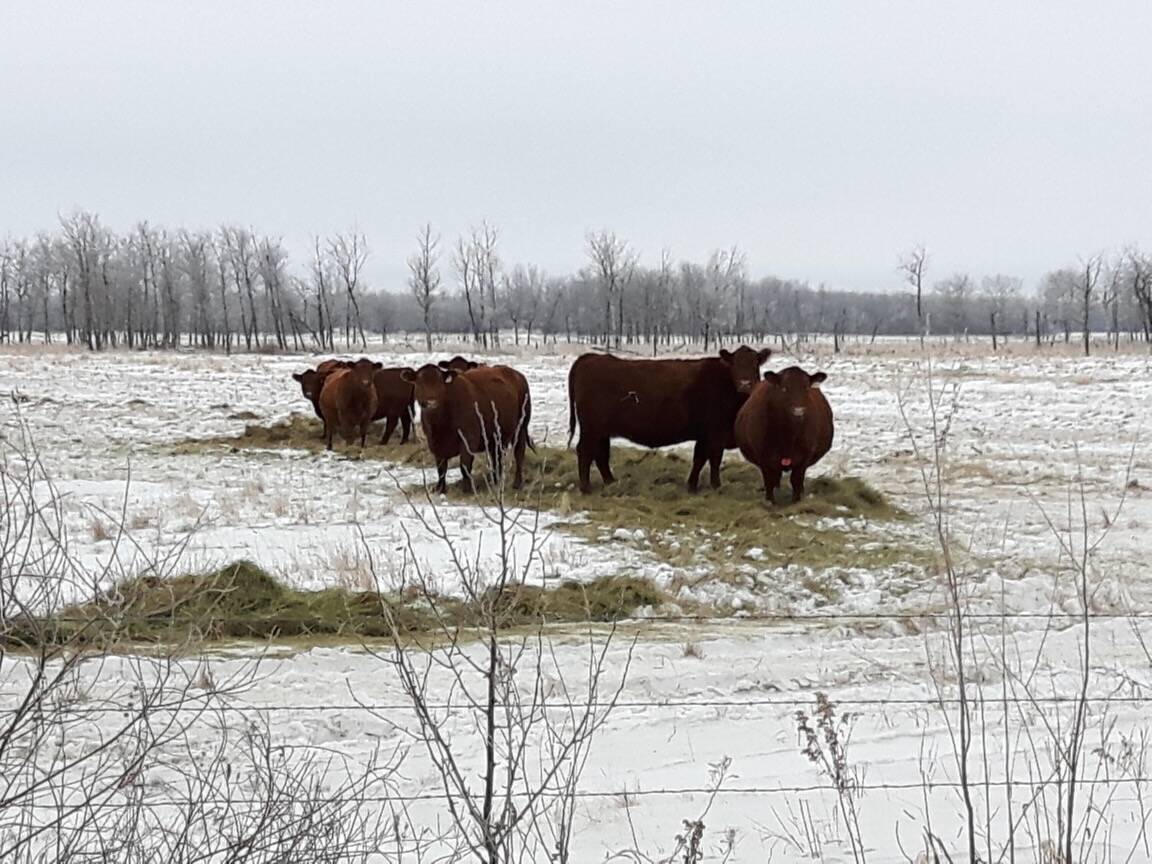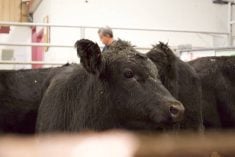As a beef nutritionist, I have formulated hundreds of cattle minerals. Some are very simple and basic formulas while others are customized to take care of a specific cattle need. Still a few others may contain non-mineral feed additives.
Regardless of their final mineral choice, beef producers often request that it be fortified with a good level of copper. To them, copper deficiencies in their cattle are a real concern without good supplementation. So my ultimate goal is to formulate copper-adequate cattle minerals without providing more than required.
Most of us have been taught that the hair coats of copper-deficient black cattle turn red, while brown cattle coats turn yellow. This might be true in severe cases, but most copper deficiencies in cattle are subtle in nature, which makes them difficult to spot. That’s because copper, like other essential trace minerals, plays a vital role in many cellular enzyme systems that drive biochemical reactions involved in cattle’s vital body function, immunity, and reproduction.
Read Also

Prevent nitrate poisoning in overwintering beef cows
High-nitrate feeds can be deadly for overwintering beef cows. They can be used, but only if they’re processed and diluted in a lower nitrate ration.
Symptoms of deficiency
Here is a three-way split of non-specific symptoms originating from a possible copper deficiency hiding in a typical beef cow herd. It should be noted that similar zinc, manganese and selenium deficiencies exhibit most of these very same symptoms in cattle:
- General — Poor “doer cattle”, poor milking cows and slow-growing calves, higher rates of morbidity (sickness) or mortality (deaths), higher rates of physical injury, failure to maintain good body condition, and poor hoof condition.
- Health — Anemia, scours, respiratory cattle diseases, greater susceptibility to bacterial, viral and other diseases, slower recovery from disease, higher rates of treating cattle, and poor vaccination take (including measured titres).
- Reproduction — Silent heats in cows and heifers, open cows, early embryonic deaths, difficult calving season, poor calving percentage, post-calving problems, delayed or failure to return to active estrus after calving and/or getting rebred. Spread-out calving/breeding seasons also are common.
Remembering these symptoms came in handy about 10 years ago when I worked with a feed mill that supplied a typical loose cattle mineral to a 250 black Angus-Simmental late-spring calving herd. These cows had suffered from poor pregnancy rates and lots of foot rot that summer.
During our investigation with “Butch”, the cow-calf owner, we first eliminated common heat stress as a major cause of his cows’ reproduction and hoof problems. That summer wasn’t particularly hot during their breeding and grazing season. We then suspected several of his cows had liver flukes because of a few confirmed cases on other farms near Butch’s wet pastures. That did not pan out either. So we finally turned our attention to some type of trace mineral deficiency (not necessarily copper at the time) in several of his pastures, since his breeding troubles seem to stem from them.
Bingo! Trace mineral analysis sent to a lab came back from several grass samples taken from two adjacent swamp and muck pastures showed copper levels of 4.0 parts per million (ppm) and copper-binding molybdenum levels of five ppm.
As a result, the feed mill specifically balanced the copper level in a new cattle mineral formula, based on the actual NRC copper requirement (2001) for young and mature cattle, which recommends no more than 15 mg/kg copper of diet (dm basis). They also formulated this added copper in a more biologically available form (chelated organic copper).
In doing so, they took care of the beef animals’ basic copper requirement. And they also took into account the antagonistic effects of moderate levels of molybdenum (as well as copper-binding sulphur in forages or water) acting upon ingested dietary copper. Therefore, Butch’s new cattle mineral contained about 3,000 ppm of dietary copper which fed at 50 grams per head per day solved his copper-deficient cattle problems.
Along with this aspect of building a copper-fortified cattle mineral; good mineral feeding management is always necessary. That is why I am a big advocate that all beef producers calculate the amount of copper-containing loose mineral to be put in a durable mineral feeder to provide 50-100 grams of cattle mineral per day. As well, they should check their feeders to see how much cattle have consumed and remove any hardened product. In this way, they feed the right amount of copper to their beef cows and prevent any copper-related deficiencies.
















